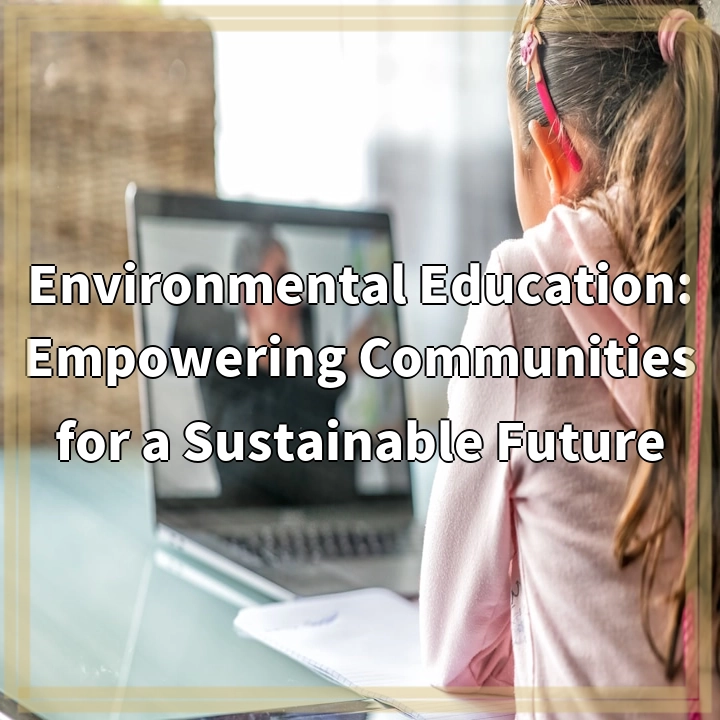
What it is:
Green practices in animation studios refer to the integration of environmentally sustainable methods and technologies in the production of animated content. This includes a commitment to reducing energy consumption, minimizing waste, utilizing sustainable materials, and promoting eco-friendly practices among staff and stakeholders. By adopting green practices, animation studios aim to not only create captivating content but also to contribute positively to environmental conservation.
Energy Efficiency and Renewable Resources
Many animation studios are focusing on energy efficiency by transitioning to renewable energy sources like solar or wind power. Implementing energy-efficient lighting and equipment helps to significantly reduce carbon footprints, ensuring that the animation process is less harmful to the planet.
Waste Reduction Strategies
Waste production is a significant concern in the animation industry, especially given the volumes of materials used in the creation of character models and sets. Green practices involve adopting digital solutions to reduce paper waste, recycling materials when possible, and optimizing production processes to minimize unnecessary waste.
Real-world problems
Despite the benefits of adopting green practices, animation studios face several real-world challenges. One of the primary issues is the initial cost of implementing sustainable technologies. While renewable energy sources and energy-efficient equipment can lead to long-term savings, the upfront investment can be a barrier for smaller studios.
Industry Resistance to Change
There can also be resistance within the industry to adopt green practices. Traditional methods have been the norm for decades, and some studios may be reluctant to change their workflow or invest in new technologies. This resistance can stem from a lack of awareness about the benefits of sustainability or concerns about the perceived impact on creativity and productivity.
Supply Chain Challenges
Another problem associated with green practices in animation studios is the sustainability of the supply chain. Many materials used in animation, such as plastics for models or chemicals for special effects, may not have eco-friendly alternatives readily available. The transition to sustainable sourcing can be slow and complicated, leading to potential disruptions in production timelines.
Need for Education and Training
Finally, there is a significant need for education and training in sustainable practices within the animation sector. Many professionals may not be familiar with eco-friendly methods or how to implement them effectively in their workflows. As awareness grows, studios must invest in training programs to empower employees to adopt and advocate for greener practices.

Solutions to Promote Green Practices in Animation Studios
To effectively implement green practices in animation studios, several solutions can be adopted to address the challenges faced by the industry. These solutions focus on sustainability, education, collaboration, and technology adoption.
Invest in Renewable Energy and Energy Efficiency
Studios should prioritize investments in renewable energy sources such as solar and wind power. Additionally, upgrading to energy-efficient equipment and lighting will reduce energy consumption and lower long-term operational costs, making the studio more environmentally friendly.
Develop Waste Reduction Plans
By implementing strategic waste reduction plans, studios can minimize material usage and promote recycling initiatives. Transitioning to digital workflows, reducing paper use, and reusing or recycling production materials will help studios decrease their overall waste footprint.
Engage in Industry Collaboration
Collaboration with other studios, suppliers, and industry organizations can enhance the effectiveness of green initiatives. Sharing best practices, resources, and sustainable supply chains can help drive collective change in the industry while encouraging the adoption of eco-friendly materials and processes.
Prioritize Employee Training and Awareness
Offering training programs that focus on sustainability practices will empower employees to embrace eco-friendly methods in their daily work. Workshops and resources that highlight the importance of sustainability in animation can foster a culture of environmental responsibility within studios.
Advocate for Sustainable Supply Chains
Animation studios can advocate for and partner with suppliers who prioritize sustainable practices. By sourcing eco-friendly materials and encouraging suppliers to adopt greener processes, studios can contribute to a more sustainable animation industry as a whole.
Conclusion
By adopting these solutions, animation studios can successfully navigate the challenges associated with implementing green practices. This proactive approach not only enhances creative output but also ensures a positive impact on the environment, paving the way for a more sustainable future in animation.















